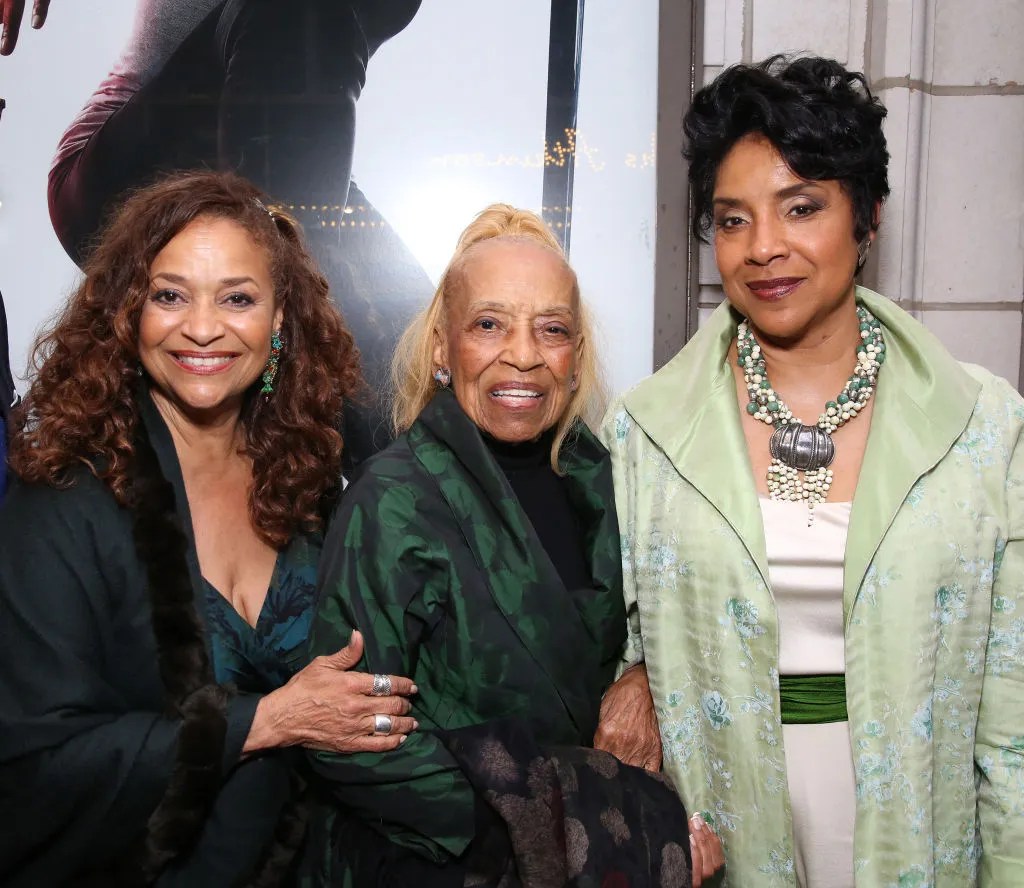CHESTER, S.C. — Vivian Ayers Allen—a Pulitzer Prize–nominated poet, cultural activist, educator, and a “Hidden Figure” celebrated for contributions connected to the Apollo 11 era—has passed away at 102. She died on August 18, 2025, closing a century-spanning life that bridged arts, education, HBCU heritage, and the early space age.
A life shaped by HBCU roots and artistic vision
Born July 29, 1923 in Chester, South Carolina, Ayers Allen graduated from the historic Brainerd Institute before attending Barber-Scotia College and Bennett College, where her intellectual path and commitment to cultural stewardship took shape. In the early 1950s she published Spice of Dawns, a collection that earned Pulitzer consideration, and in 1957 released her book-length poem Hawk—an allegorical meditation on freedom, responsibility, and the frontier of space that anticipated America’s leap beyond Earth’s atmosphere.
Her writing resonated across generations. Hawk was republished for new readers and often cited for linking the wonder of space exploration to human possibility. Later, her work appeared in anthologies and inspired performances and adaptations that kept her voice present in contemporary culture.
Honored as a “Hidden Figure” in the Apollo story
In 2024, NASA’s Johnson Space Center in Houston dedicated Building 12 as the Dorothy Vaughan Center in Honor of Women of Apollo—recognizing the often-unsung women whose work undergirded the space program. Ayers Allen’s poem Hawk and her portrait were installed in the building, and the program spotlighted her cultural contributions alongside technical pioneers of the era. The tribute affirmed how art and narrative helped fuel a national imagination that made the Apollo missions possible.

Breaking barriers in higher education and community arts
Beyond the page, Ayers Allen broke new ground in academia, becoming Rice University’s first Black full-time faculty member in the mid-1960s. She also launched Workshops in Open Fields, an arts-education initiative for young children; founded the Adept Quarterly literary magazine; and helped preserve the legacy of the Brainerd Institute through heritage and literacy programs in her hometown. Her career mapped a through-line from classroom to community, with art as both curriculum and catalyst.
A family legacy intertwined with HBCUs
Ayers Allen’s impact is inseparable from her family’s creative footprint. Her daughters, Phylicia Rashad and Debbie Allen, carried the HBCU torch into their own groundbreaking careers—Rashad as a proud Howard University alumna and dean of the Chadwick A. Boseman College of Fine Arts, and Allen as a transformative force in dance, theater, and television. Together with their brothers Andrew “Tex” Allen Jr. and Hugh Allen, the Allen family embodies the power of HBCU-shaped excellence to ripple through American culture.
Why her story matters now
Ayers Allen’s life reminds us that HBCUs don’t just produce scientists and scholars; they also produce the storytellers who frame what’s possible. Her poetry helped make the cosmos feel within reach, even before Sputnik and Apollo turned speculation into reality. Today—as HBCUs expand research footprints and students pursue careers in aerospace, AI, and the creative economy—her example underscores how culture and STEM move further and faster together.
Her passing also arrives amid a renewed reckoning with whose names we remember in American innovation. Honoring Ayers Allen alongside the mathematicians and engineers of the Apollo era widens the lens on achievement, making space (literally and figuratively) for the artists, editors, and educators who shaped the national will to explore.
The bottom line
From Bennett and Barber-Scotia to NASA and Rice, Vivian Ayers Allen stitched together poetry, pedagogy, heritage, and the heavens—leaving a body of work that still points us outward and upward. May her memory continue to inspire HBCU students to write boldly, learn widely, and imagine without limits.

